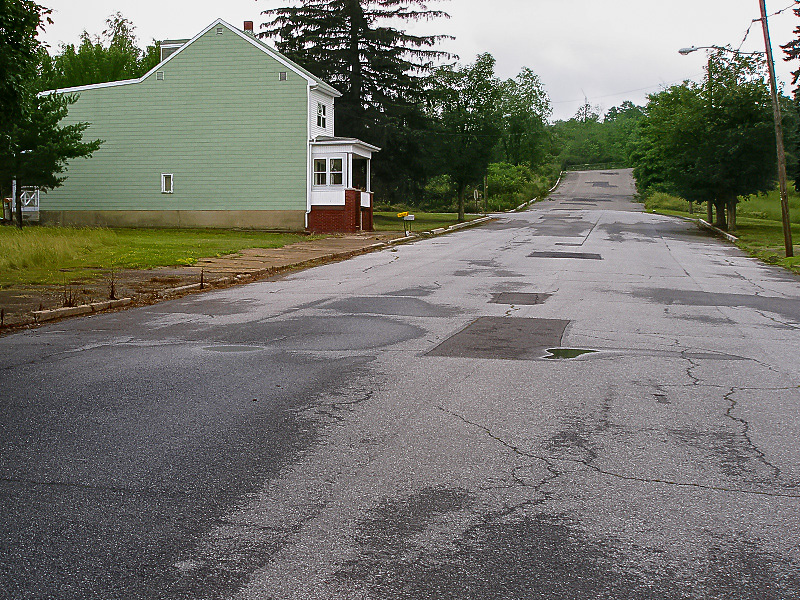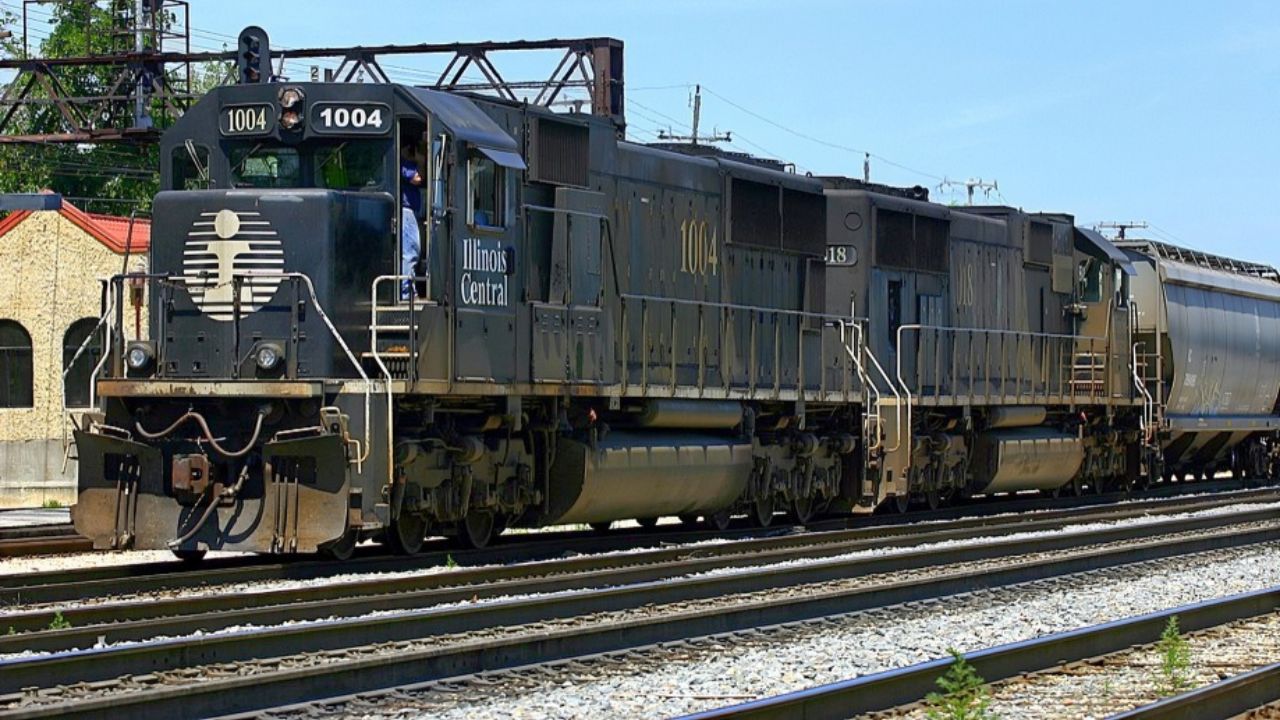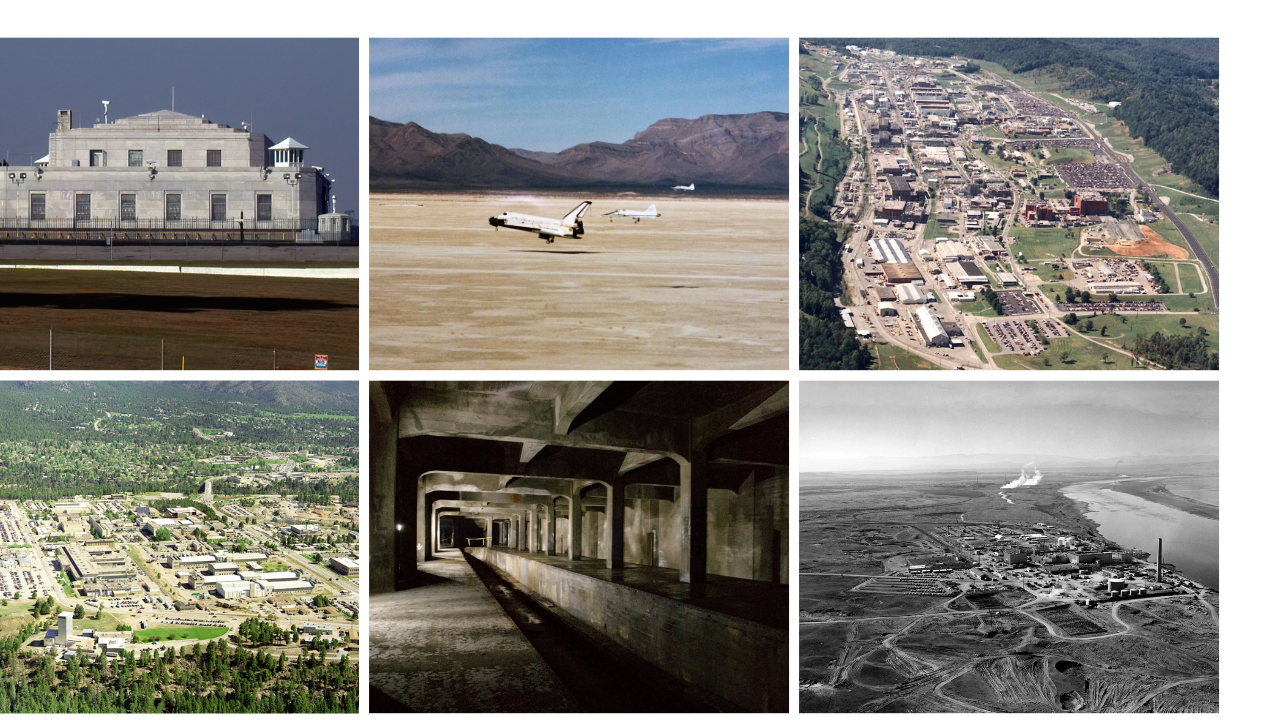Forbidden places carry a pull that rules rarely erase. Across the United States, certain sites sit behind fences, patrols, and legal lines for reasons that are not subtle: national security, toxic legacies, or moving machines. Arrest is possible and sometimes swift. Yet people still gather at legal edges, hoping for context, spectacle, or a brush with history. Wonder does not ask for permission, but good sense still matters, and the safest stories come from the right side of the sign.
Area 51 Perimeter, Nevada Test and Training Range

Area 51 sits inside the Nevada Test and Training Range, guarded by sensors, cameras, and quiet trucks on distant ridges. Crossing the boundary risks arrest, fines, and federal charges. The lore is the magnet: Cold War prototypes, stealth programs, and decades of rumor. Visitors stick to legal roads, photograph warning signs, and scan Groom Lake’s horizon. The emptiness is part of the spell, a stage where secrecy, desert light, and imagination keep rewriting the same stubborn story.
White Sands Missile Range, New Mexico

White Sands Missile Range sprawls across a high desert bowl in New Mexico, closing entire corridors when tests are active. Trespassing is a fast route to cuffs and court. People come for the stark scenery and the pull of the first atomic blast, now opened to the public only on rare days. The rest of the year, history murmurs beyond checkpoints, echoed in museum displays and in white flats that seem built to swallow sound, scale, light, and time.
Fort Knox Bullion Depository, Kentucky

The bullion depository at Fort Knox is a fortress of layers: fences, concrete, and armed patrols backed by federal law. No public tours, no casual stops. Trespass can end with flashing lights and paperwork no one wants. Curiosity still gathers at legal pullouts to glimpse the granite box that anchors myths about national gold. Movies and tall tales raised the stakes long ago, and the building’s severe geometry keeps the theater alive without revealing a single secret.
Los Alamos National Laboratory Technical Areas, New Mexico

Los Alamos sits on volcanic mesas where laboratory badges open doors and barricades close them. Technical areas remain off limits under federal jurisdiction, with arrest and fines for unauthorized entry. The attraction is deep history and ongoing science. Visitors study exhibits in town, then trace public roads along the rim to imagine how wartime urgency became a permanent research engine. The landscape helps, mixing pine, cliff edges, and guard posts into a single, uneasy panorama.
Hanford Site Exclusion Zones, Washington

Hanford’s vast reservation lines the Columbia River with cleanup work that never quite leaves the headlines. Many zones are restricted to protect crews, wildlife, and groundwater, and trespass can bring a quick response. People still come for authorized tours of the historic reactor and to witness the scale from legal overlooks. The contrast is the draw: sagebrush, river islands, and the bones of a nuclear complex that powered a superpower and now tests its patience with time.
Y-12 National Security Complex, Tennessee

At Oak Ridge, the Y-12 complex guards enriched uranium operations behind tall fences, vehicle checks, and federal police. Entering restricted space without clearance risks arrest and serious charges. The fascination is half origin story, half present tense. Museums tell how a quiet valley became a node in atomic history, while the active site hums just out of reach. Drivers pause on public roads, reading the landscape for clues that the signs and sensors will never explain.
Freedom Tunnel Under Riverside Park, New York City

Under Riverside Park, the Freedom Tunnel threads a mix of active rail and sealed chambers that are dangerous and illegal to enter. Trespassing risks arrest, trains, and falling debris. Still, the lore of graffiti and documentary photography keeps the story alive. Park paths, daylight, and the thrum of cars offer a safer vantage, where names and legends are traded in the open air. The city above hints at the city below, and that suggestion is often enough.
Cincinnati’s Abandoned Subway Tunnels, Ohio

Cincinnati’s unfinished subway sits beneath everyday traffic, a lattice of damp corridors and sealed portals that the public may not enter. Trespass invites arrest and real danger from darkness, water, and unstable structures. The allure is the promise that almost was: a rapid system halted by cost and politics. Rare official access fuels the legend, while everyone else maps routes from sidewalks and bridges, learning how the city layered ambition, pause, and persistence into its streets.
Centralia’s Posted Lands, Pennsylvania

In Centralia, an underground mine fire still smolders, and posted parcels warn visitors away. Trespassing can lead to citations and a fast escort back to public roads. The scene is quiet and unsettling: empty blocks, vented warmth in winter, and the sense of a place gradually unbuilt. People come to understand how a town became a cautionary tale. Legal viewpoints and nearby museums carry the story forward without asking anyone to step onto unsafe ground.
Active Railroad Tracks, Tunnels, and Yards, Nationwide

Active railroad property across the country is private, patrolled, and built for machines that cannot swerve or stop quickly. Trespassing brings arrest in many jurisdictions, along with injuries that statistics know too well. The attraction is access and angle: a dramatic photo, a shortcut, a dare. The safer story lives at platforms, public crossings, and rail museums. Trains are impressive from a distance, and distance, in this case, is what turns danger back into awe.


